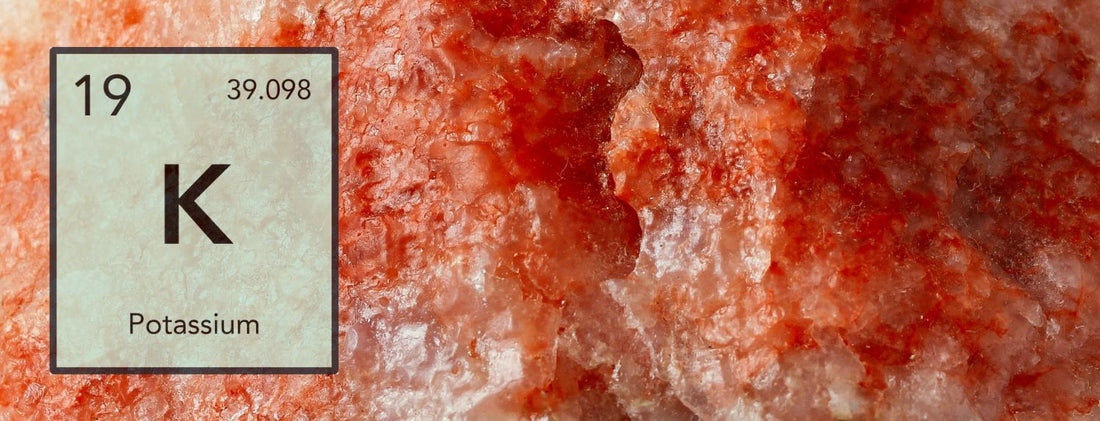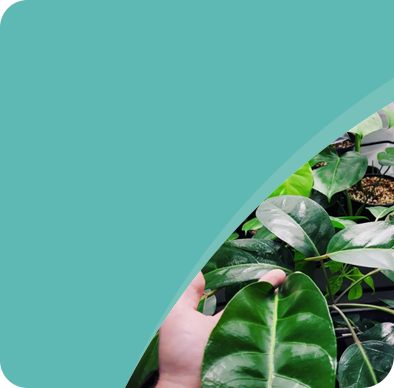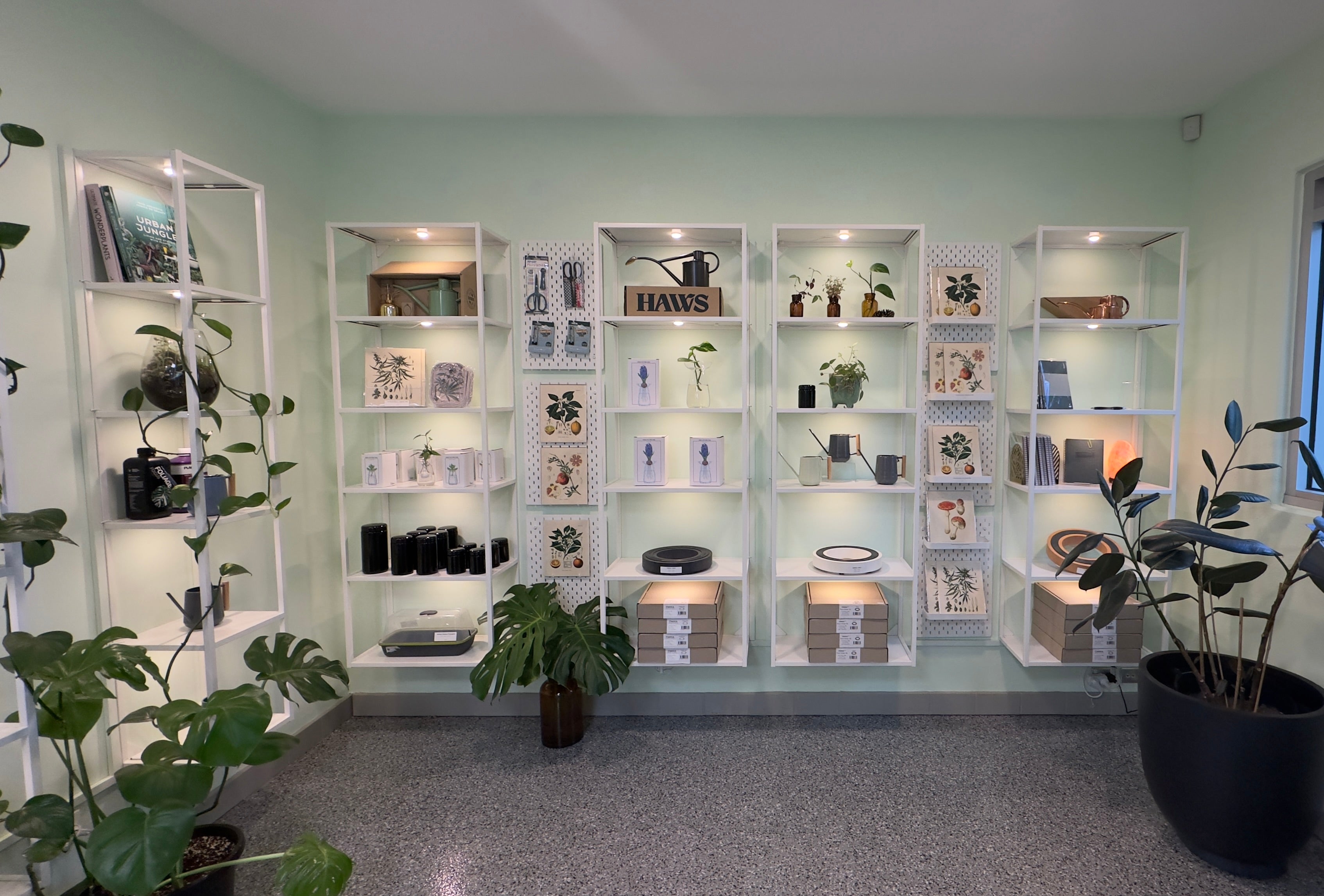Potassium (K) is an essential element that regulates growth and metabolism in plants. Potassium is also used in all fertilisers, primarily as a salt substitute and to help precipitate many important compounds.
The main function of K in vegetating plants is the operation of stomata cells opening and closing. If this function is impaired or deficient then CO₂ absorption is also restricted.
Potassium triggers activation of enzymes and is also responsible for the production of *ATP (*Adenosine Triphosphate - An important energy source for many chemical processes that happen within plant and human biology)
Potassium is one of the 16 essential elements and is the second most needed element behind Nitrogen. Potassium regulates plant health, structure, leaflet operation and harvest health, which includes maximising flavonoid, terpenoid and cannabinoid content.
Often ignored is the major role potassium plays in the uptake and regulation of water, which can be affected by an environmental condition, like low humidity for example; with low humidity, the requirements for potassium increase as transpiration rates increase, the plant will continually try to stabilise environmental humidity, so with insufficient amounts of K eventually the plant will give up and start to curl over toward itself.
- Activation of Enzymes - ATP
- Improves Drought Tolerance
- Regulates Stomata Operation & CO2 Absorption
Potassium Deficiency
Deficiencies will begin to show their symptoms on plants as they progress, you need to act while the early symptoms show, before they become a serious issue and threaten your plants health.
Potassium deficiencies show a weakened plant, with symptoms similar to the appearance of nutrient burn except the problem will show on the edges of all leaflets.
Plants can become stunted and growth will crawl if K is not available in sufficient amounts.
- Poor fruit formation & slow fruit maturation
- Root zone issues, poor root development
- Compromised immune system allows pests to attack
- Severe chlorosis & leaf drop

How to fix a Potassium Deficiency
To correct a K deficiency, I advise on flushing the plants root-zone/medium thoroughly with plain pH adjusted water (6.5)
The key going forward is not to guess, a proper feeding regime must be followed! Once the run off from flushing has ceased, flush your medium or fill your tank up with Humiboosta @1ml per/L, after this mix has settled add in your usual base nutrient @ 75% strength and monitor the daily changes until fixed, then you’ll be able to up your base nutrient the following week. If Potassium is still unavailable for whatever reason then there are dedicated formulas that target specific elements check them out by typing in Potassium in the search bar.



